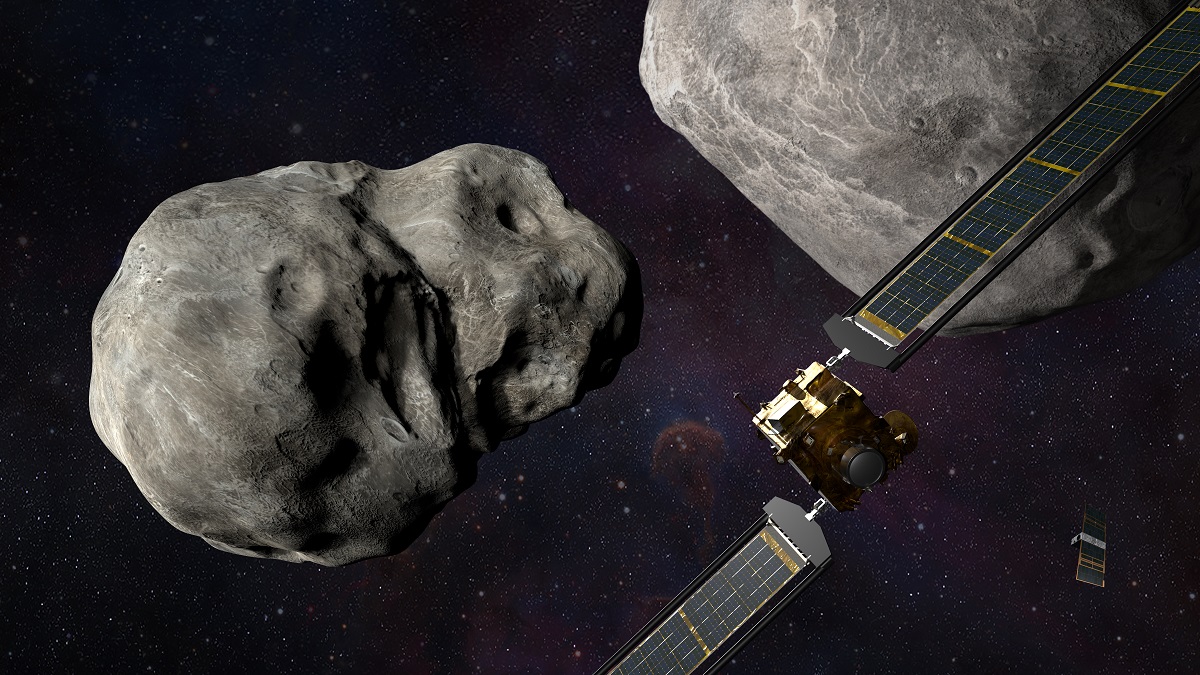NASA's DART kamikaze probe knocked up to 10,000 tons of debris out of an asteroid

In the fall, we repeatedly wrote about the Double Asteroid Rendezvous Test (DART) space probe's preparations for a collision with the asteroid Dimorphos. Almost three months have passed since the impact, but scientists continue to study the "space accident" and receive new information.
Here's What We Know
The collision occurred in late September. A few days later, a tail of debris 10,000 kilometers long formed following the asteroid, causing the space body to resemble a comet. Scientists have learned that Dimorphr has the same structure and composition as the asteroid Didymos, around which it orbits. This was realized after two months of observations of the debris plume using the James Webb Space Observatory and ground-based telescopes.
According to the experts, DART was able to dislodge between 1,000 and 10,000 tons of rock from the asteroid. This reduced the orbit time by 32 minutes, although the National Aeronautics and Space Administration (NASA) had originally expected only 73 seconds. The resulting debris plume reduced the orbital velocity.
DART's collision with the asteroid Dimorph was the first-ever test of Earth's defense system. Although the test was deemed a success, NASA and partners will continue to monitor it. The European Space Agency (ESA) will send another probe to the asteroid in 2024.
Source: space